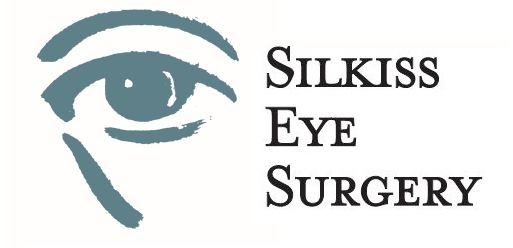COSMETIC SURGERY
Upper Eyelid Blepharoplasty
(Eyelid Lift)
Lower Eyelid Blepharoplasty
(Lower Eyelid Bags)
Asian Eyelid Surgery
(Double Eyelid)
NON-SURGICAL COSMETIC OPTIONS
RECONSTRUCTIVE SURGERY
Ptosis (Drooping Upper Eyelids)
Eyelid Malpositions
(Ectropion & Entropion)
Eyelid Skin Cancer
and Reconstruction
Chalazion, Stye, and Skin Tags
Tearing and Lacrimal System
(Tear Duct)
Thyroid Eye Disease
(Graves' Disease)
Prosthetic Eye &
Eye Socket Surgery
Congenital Ptosis and Pediatric Conditions
Facial Paralysis (Bell's Palsy)
Benign Essential Blepharospasm (Eyelid Spasms)
Trauma (Eyelid Lacerations &
Orbital Fractures)
TEARING AND LACRIMAL SYSTEM
(TEAR DUCT)
Tears are produced by the lacrimal gland, located above the eye. The tears constantly wash over the eye to keep it lubricated, and drain into the tear duct - or lacrimal drainage system - which is a series of ducts that allow tears to flow from the inner corners of the eyelids, and into the nose. A functional tear duct is the reason why you have to blow your nose when you cry - the tears drain into your nose and it becomes runny.
Excessive tearing is a very common problem and may be due to many different causes.
Over-production - An overproduction of tears is often reflexive tearing due to dryness and irritation of the eyes - or a blockage of the drainage system of the tears. Treating the dry eyes, sometimes by simply using artificial tears, will stop the reflexive tearing.
Blockage of the lacrimal drainage system - When any part of the tear drainage system is blocked or narrow, the tears well up in the eyes and flow over onto the cheek. Picture your eye as a bathtub in which the faucet is constantly running. A blockage of the tear drainage system is akin to plugging the drain. Eventually, the water overflows onto the floor.
TEARING TREATMENT
If tearing is cause by reflexive tears due to dry eye, eye lubrication can help. Punctal plugs can be placed into the opening of the tear ducts (called the punctum), to keep tears in the eyes to help with lubrication.
If tearing is due to a blockage in the tear duct, depending on the location and nature of the blockage, there are different methods to correct the tearing problem.
If tearing is due to narrowing of the openings of the tear duct (called the punctum or canaliculus), placement of a silicone tube in the office, or in the operating room under sedation, can correct the problem. The tube is placed into the duct to stretch the duct open, allowing the tears to drain.
More commonly, tearing is due to a complete obstruction of an area of the drainage system called the nasolacrimal duct. Treatment for this problem involves surgically bypassing the blockage by creating a new opening that connects the tear drainage system to the nose. This surgery is called dacryocystorhinostomy, or DCR. Our doctors perform DCR surgery endoscopically, so there is no visible scar. Endoscopic DCR has an excellent success rate - tearing resolves in 90-95% of patients after this surgery.
Rarely, tearing is caused by a complete obstruction of the upper lacrimal drainage system. In this case, the entire drainage system must be bypassed by a new opening. The new opening is created by surgically inserting a small glass tube called a Jones tube into the corner of the eyelid. This procedure is called a conjunctivorhinostomy (CDCR). A Jones tube allows tears to drain directly into the nose. A CDCR procedure with placement of a Jones tube is only performed if other surgical options are not possible.
Our doctors will discuss their assessment with you and go over your personal plan and what to expect after surgery during your preoperative visit.

